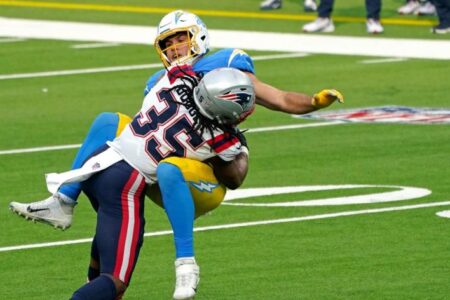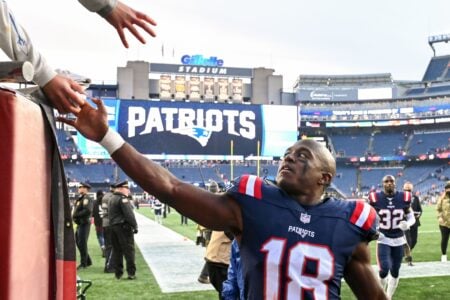Fencer
Pro Bowl Player
- Joined
- Oct 2, 2006
- Messages
- 14,293
- Reaction score
- 3,986
People talk about a couple of inches in height as they are a big deal. I would think however that in most cases, height isn't important except as proxy for:
There might be an exception for QB and to a lesser extent DL, because it's advantageous for the QB's eyes to be as far as possible above the top of a (bent in combat) DL's helmet. But otherwise I'm not seeing height as a big deal EXCEPT insofar as it's correlated with other important traits.
What am I missing?
- How far you can reach, whether jumping or otherwise
- How much muscle you can carry without sacrificing speed or agility
There might be an exception for QB and to a lesser extent DL, because it's advantageous for the QB's eyes to be as far as possible above the top of a (bent in combat) DL's helmet. But otherwise I'm not seeing height as a big deal EXCEPT insofar as it's correlated with other important traits.
What am I missing?



















